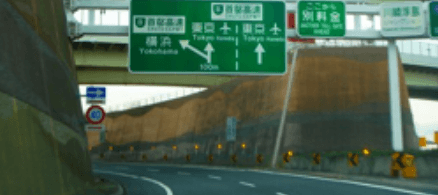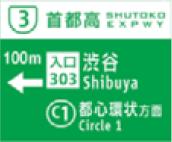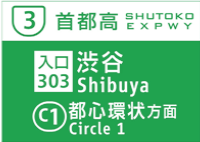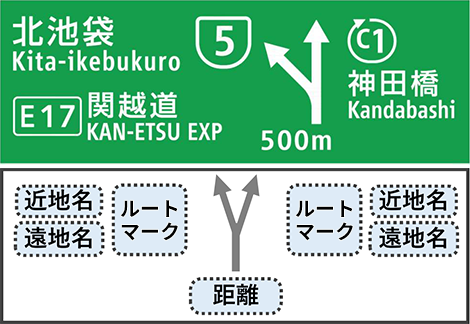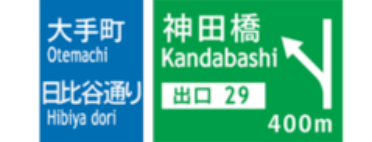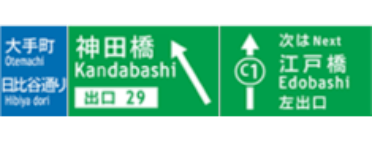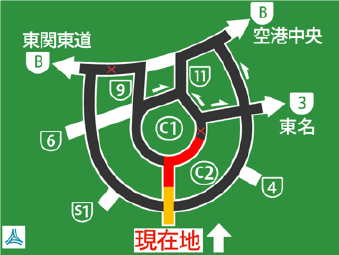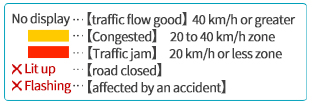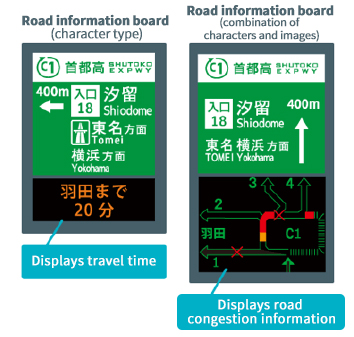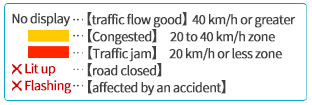Using the Metropolitan Expressway for the first time
The Metropolitan Expressway has systems not found on other highways. Here is some background and useful information to make your first driving experience on the Metropolitan Expressway safe and smooth.
What to know before driving on the Metropolitan Expressway
The Metropolitan Expressway is a car-only highway without traffic lights. It was built in dense urban areas using public land. Its structure therefore has many curves and the flow of traffic differs in some aspects from other highways. We are making unique efforts to ensure its safe use by customers.
The linked page is in Japanese





